Menu
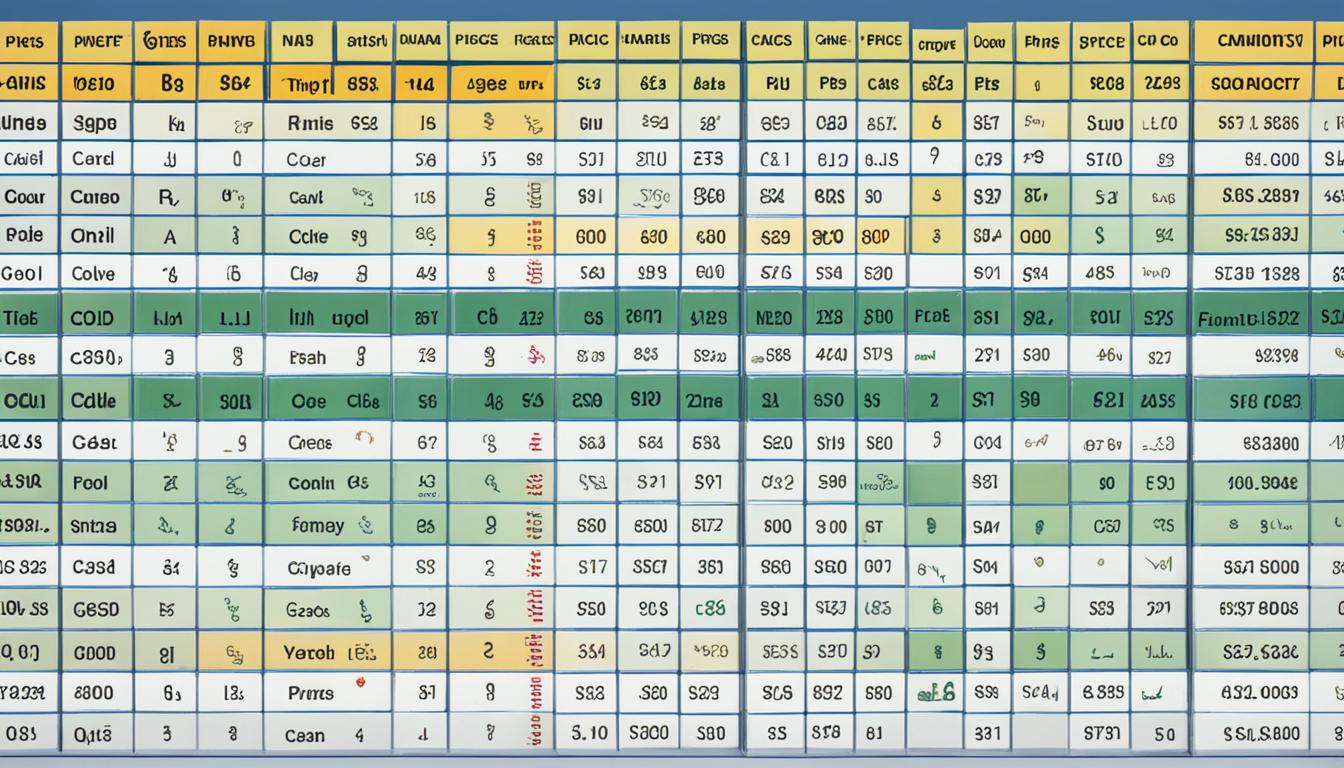
On 5/15/24, the spot price of electricity in Houston jumped by 67.7% to $40.25 per MWh. This change shows how quickly prices can shift. It highlights why keeping up with daily commodity prices is key.
Commodity prices cover a wide range of items. These include energies, financials, grains, indices, livestock, metals, and softs. Watching these prices helps you make good choices in the market or understand the economy better. For instance, shifts in crude oil, natural gas, or farm products greatly affect the market. Having real-time data is vital in such situations.
Today’s commodity prices show how much different goods are worth, from food to metals to energy. Knowing why these prices change is crucial for anyone in the market.
The balance of supply and demand is key in commodity trading. If there’s more demand than supply, prices go up. Yet, other things, like inflation and big world events, also influence prices. Historically, these goods have been vital for trade and as shields against financial troubles. For example, gold can protect from inflation, and some goods help make investments less risky because they move differently from stocks.
Staying informed on current commodity prices is essential for traders. This knowledge helps make smart buying, selling, and investing choices. During times of high inflation, prices often rise, affecting where wise investors put their money. It’s important to know about places where commodities are traded, like ICE Futures U.S. and the Chicago Mercantile Exchange. These places see a lot of action every day.
The U.S. Commodity Exchange Act (CEA) of 1936 defines what commodities are. It includes raw goods and the agreements made about them. This law also created rules for trading and to keep investors safe. By keeping an eye on today’s commodity prices, you can do better in the market and seize good chances as they come.
Today, the commodity market showed varied price movements. These shifts reflect both global and specific commodity trends. By looking at the daily price index and the current market settings, we can understand the commodities sector better.
Several commodities saw big changes in prices today:

| Commodity | Monthly Average Price | Percentage Change |
|---|---|---|
| Uranium | $96.85 | +96.85% |
| Olive Oil, extra virgin | $10,067.17 | +70.75% |
| Nickel | $39.12 | -39.12% |
| Natural Gas | $45.91 | -45.91% |
| Coal | $40.13 | -40.13% |
| Potassium Chloride | $41.76 | -41.76% |
Staying updated on these daily price changes is vital for traders and investors. It helps them adjust their strategies. Knowing which commodities gained or lost the most offers valuable insight and guides planning.
The Daily Price Index is crucial for tracking the prices of a mix of goods. It helps us understand how the market feels on a given day. Knowing the index well guides traders and investors in making decisions.
This index includes areas like crude oil, refined products, and other items from around the world. It uses the Global Crude Index (GCX) to set an international standard. This makes sure we consider all types of oil fairly. It also tracks things like gasoline and diesel in the US, Europe, and Asia.
, it looks at things like eco-friendly aviation fuel and hydrogen. It shows how markets are always changing. Each month, around 48 goods are studied for their prices, with help from groups like NASS. This data lets experts spot important trends.
To understand the daily price index, we need to look closely at its many parts. For example:
Studying these details shows us how prices change in different sectors. This information comes from over 500 places where ships refuel. It also helps with tracking LPG prices for ships in Europe, Asia, and the US.
| Commodity | Price | Measurement |
|---|---|---|
| DPART | 70 | USD/BBL |
| EUROBOB | 800 | USD/MT |
| PROPANENWE | 600 | USD/MT |
Looking at these numbers helps build a full understanding of the market. Interpreting the daily price index teaches us about the small and big changes in the market.
Updates on the commodity market tell us about global and local prices. Knowing this info helps us deal with the market’s complexity. It lets us decide smartly based on current price trends.
There have been big changes in the world’s commodity markets. For example, on May 16, 2024, soybeans went up by 5 cents. But, corn fell by 5 cents the same day. This shows how different commodities can act. Wheat, however, kept going up until May 13, 2024.

Grains may sometimes do badly together, like on May 15, 2024. Such drops show the roles of supply, demand, world events, and the weather.
Prices of commodities often change by regions. On March 11, 2024, fewer farm animals affected some areas more. Also, on February 23, 2024, corn and soy went down due to a market flood and more competition. This shows how local things can lower prices.
| Commodity | Date | Price Movement |
|---|---|---|
| Soybeans | February 21, 2024 | Down 18 cents |
| Grains | February 14 and 15, 2024 | Closed in the red |
| January Soybeans | November 13, 2023 | Up 37 cents |
| Grains | September 29, 2023 | Ended the week down |
To make good choices in the commodity market, we need to understand updates. It helps us move wisely and respond to changes with good strategies.
In the fast-paced market, you need to keep up with live commodity prices. Knowing the latest movements helps you make smart choices quickly. This way, you grab chances or avoid risks without delay.
Getting your hands on reliable, real-time data is key for monitoring commodity prices live. It’s crucial to use platforms that give you detailed, late-breaking info.
Live commodity prices are invaluable for making informed choices. They let traders take advantage of market swings, making sure they get in and out at the right times. For example, on May 16, 2023, corn went up to 458-4, a 1-4 rise. Meanwhile, soybeans climbed to 1221-2, an increase of 5-0. This shows just how critical real-time data is for successful trading.
Here’s how a recent settlement in commodity prices looked:
| Commodity | Settlement Price | Change | Date |
|---|---|---|---|
| Corn | 458-4 | +1-4 | May 16, 2023 |
| Soybeans | 1221-2 | +5-0 | May 16, 2023 |
| Wheat | 666-2 | +3-0 | May 16, 2023 |
| Cotton | 0.7624 | +0.0083 | May 16, 2023 |
| Live Cattle | 177.375 | +0.85 | May 16, 2023 |
| Lean Hogs | 101.625 | +0.75 | May 16, 2023 |
Watching live commodity prices can help you move through trading strategies with more skill. This leads to better decision-making and the chance to increase your profits.
To predict market movements, understanding commodity trends is key. We look at short and long-term trends. By doing this, we get clues on where prices might go.
Some commodities like natural gas have recently fallen in price. They dropped nearly 40 percent in the first quarter of 2024. This year and next, energy prices are expected to keep dropping, with oil prices also falling.
Agriculture prices, however, might go down thanks to better supply. Metal prices could stay about the same in 2024. But they might see a small increase in 2025.
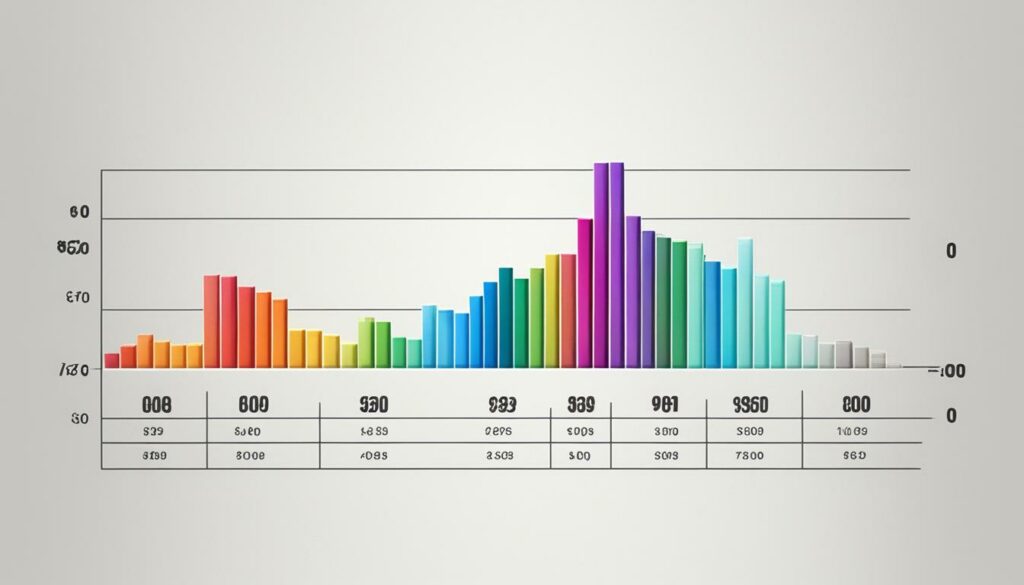
Many things impact predictions, like world events and supply chain issues. Just look at gold prices, which rose high due to global tensions. But, better supply helped food prices drop by 4 percent in early 2024.
Seasonal changes also heavily influence prices. Oranges, for instance, got 16.77 percent more expensive due to seasonal demand. Meanwhile, cocoa beans prices went up by 26.36 percent, showing how quick markets can change.
Watching weekly price changes is critical for traders. It helps them keep their strategies up to date with what’s happening in the market.
An examination of weekly commodity prices gives us key details. This allows traders to watch prices closely and make smart choices. Comparing prices week by week helps spot trends. These are key to forecasting future market moves.
Looking at how prices change every week shows how the market keeps moving. For example, imports of farming goods went up 18.6% last year, hitting $193,771 million. Energy items also jumped by 74.1%, reaching $219,241 million. This clearly shows the market is changing and more goods are wanted.
Finding patterns in weekly commodity prices can help guess where prices will go next. For instance, in 2021, prices rocketed because energy prices jumped 82% and farming prices 23%. Metals also saw a 47% hike. These jumps happen because lots of people around the world want these goods.
Comparing prices also shows an increase in what’s getting sold abroad. Mineral and metal exports went up by 32.3% from 2020 to 2021, hitting $169,696 million. Energy goods for sale abroad rose by 58.1%, reaching $247,473 million. Even certain goods, like wheat and copper, saw big price gains.
| Commodity | Percentage Change | 2020-2021 Value |
|---|---|---|
| Agricultural Products | 18.6% | $193,771 million |
| Energy-Related Products | 74.1% | $219,241 million |
| Minerals and Metals | 32.3% | $169,696 million |
| Crude Oil | 64.7% | — |
| Wheat (Exports) | 26.1% | — |
| Copper Ores and Concentrates (Exports) | 43.6% | — |
By using these comparisons with the daily price index, traders and analysts can be better prepared. They can expect and react to changes in the market better.
The commodity price reporting system is key for keeping markets clear. It uses detailed data from well-known groups. This info helps traders make smart choices, using info on current commodity prices and patterns.
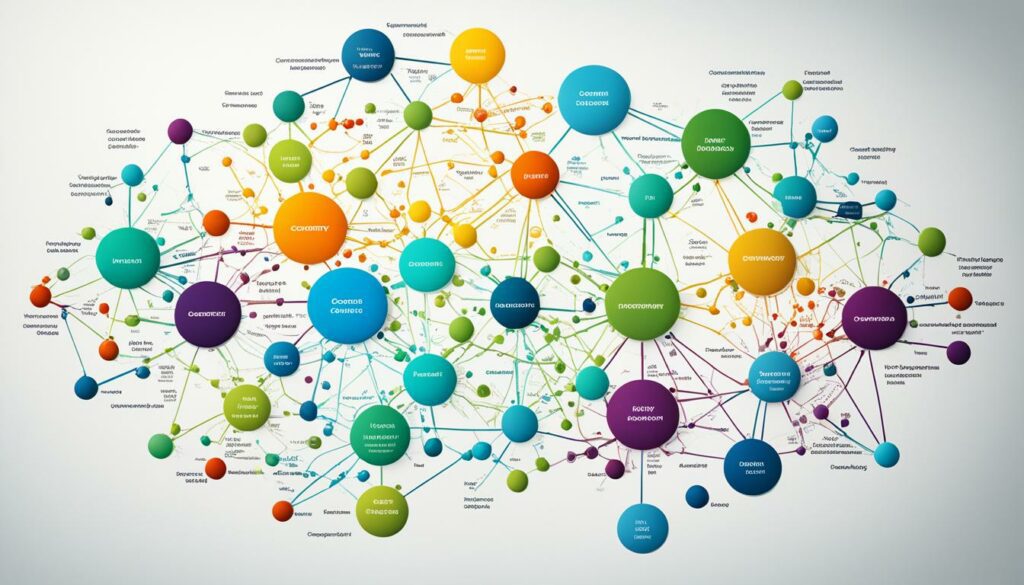
Main groups in the system include the Agricultural Marketing Service (AMS). They put out lots of reports each year. These reports cover prices in wholesale, retail, and shipping for things like grains, gold, beef, oil, and natural gas. This info lets everyone in the market check current commodity prices well.
Getting commodity price reports ready is very detailed. They collect info from many places, like markets where commodities are traded. After that, the reports are shared so everyone can get to them. Knowing about supply, demand, and more helps set commodity prices. Major markets such as ICE Futures U.S., CME Group, and the Chicago Board of Trade are vital here.
Many things affect the prices of commodities, such as changes in money matters, rules, and political troubles. This can lead to big changes in prices quickly. Because of this, the commodity markets move a lot and often.
Commodity prices are very connected to money issues. The 2007-2008 financial crisis made the market very shaky. Laws like Sarbanes-Oxley and political actions can really change things. For example, if environmental laws get tougher, companies have to spend more. This then affects what you pay for things. Wars and other international problems can also shake up the prices. For example, energy can get more expensive if there are trading issues.
Looking back at the past can show us how regulatory and political events impact what we pay. In 2021, energy-related products from other countries got 74.1% more expensive. This was mostly because of political tensions. Food and other farming products also got pricier, going up by 18.6%. This was because of changes in how countries trade and put tariffs on goods.
Marci McGregor says it’s smart to spread out your investments when the market gets really shaky. Good quality assets and bonds can help keep your money safe. This advice is popular when politics make things uncertain.
When big international events happen, like Brexit or 9/11, companies’ profits usually stay strong. But if there’s a major issue in the Persian Gulf, oil could triple in price. Investors are told to mix up what they invest in to stay safe. This helps them take advantage of the market changing.
It’s key to look at past commodity prices for those in the market. Previous prices give useful info on trends, helping plan future investments.
Looking back at commodity prices tells us lots about long-term trends. A study showed when the stocks-to-use ratio is high, prices fall. This is called an inverse relationship.
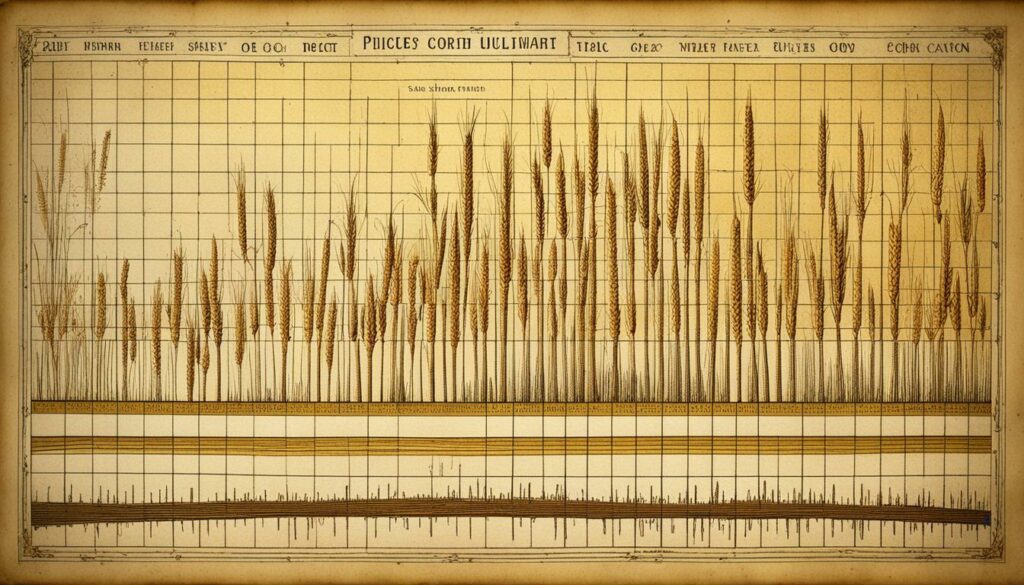
Let’s take the U.S. soybean market in 2014/15 as an example. A high stocks-to-use ratio was expected. This matched an estimated low average price of about $10.00/bu. Such detailed analysis is vital for understanding price changes.
We use different ways to study past commodity prices, gaining different insights:
For the grain markets, monthly WASDE reports from the U.S. Department of Agriculture are critical. They give essential data. This info influences market views and price guesses.
Using top-notch tools for tracking commodities is key in staying ahead in daily price changes. There are many tools available, making it tough to pick the best for you. Some tools really shine because they offer lots of data, are easy to use, and have features just for commodities.
Top platforms have great features for checking daily commodity prices. Vesper gives you a 14-day trial to check out its detailed analysis for free. For insights into farming goods, The USDA Economic Research Service updates its data regularly. And if you’re willing to pay, Bloomberg offers loads of market info, perfect for pros.
Trading Economics is valuable, with info from 20 million economic points in 196 places. It’s great for getting a wide global view. For details on energy, Argus is your go-to, covering oil, gas, power, and green energy. And OPIS is respected for its news on oil, petrol, diesel, and airplane fuel prices.
Good tools for commodities should make it easy to make smart choices. Real-time data is a must. S&P Global Platts and ICE are known for updating on energy and varied markets, instantly. They should also be easy to use. A clear layout helps you find what you need quickly.
Look for tools with deep sorting options, too. CME Group mixes info from major exchanges, great for detailed looks. And ICIS and TD Ameritrade have broad market insights, perfect for spotting chances and reducing risks.
Having tools that analyse well is also important. Interactive Brokers and NinjaTrader come with top-notch charts and data analysis. And budget is a major factor. Consider your options carefully. Tradeworks starts at $49 a month, but S&P Global Platts can be more expensive. It just depends on what you need and your budget.
In the end, the best tools for you will tick all the important boxes for your needs. With the right tools, you can keep a close eye on commodity prices daily. This can help you make smarter decisions in the market.
Understanding commodity prices is key to smart trading. Prices in agriculture, livestock, metals, and energy change for different reasons. To make the best choices, it’s crucial to know what affects each sector’s prices.
In early 2021, agriculture prices went up by 23%. Cocoa and Robusta coffee saw big jumps. This was due to higher demand and changes in how products move through supply chains. Livestock prices were more stable despite feed costs and weather conditions.

| Commodity | Average Price Increase (2021) |
|---|---|
| Cocoa | 12% |
| Robusta coffee | 15% |
| Soybeans | 10% |
| Wheat | 8% |
Metals prices were up by 47% in 2021. Copper and gold prices soared. Gold’s price increase was driven by its safe-haven status during economic uncertainty. However, energy prices were different. Brent crude oil became very expensive. But natural gas became 40% cheaper than before.
| Commodity | Average Price Increase (2021) |
|---|---|
| Copper | 47% |
| Gold | 25% |
| Brent crude oil | 64.7% |
| Natural gas | -40% (Q1 2024) |
Looking at these changes shows how different factors affect markets. Knowing these details in agriculture, metals, and energy can help traders and investors make better decisions.
Commodity investment decisions need a good understanding of price dynamics. The last few years have shown us a lot of ups and downs. For example, prices went up 12.1% in 2021, 4.8% in 2022, but only 0.8% in 2023. These changes highlight the need to study trends for smart investing.
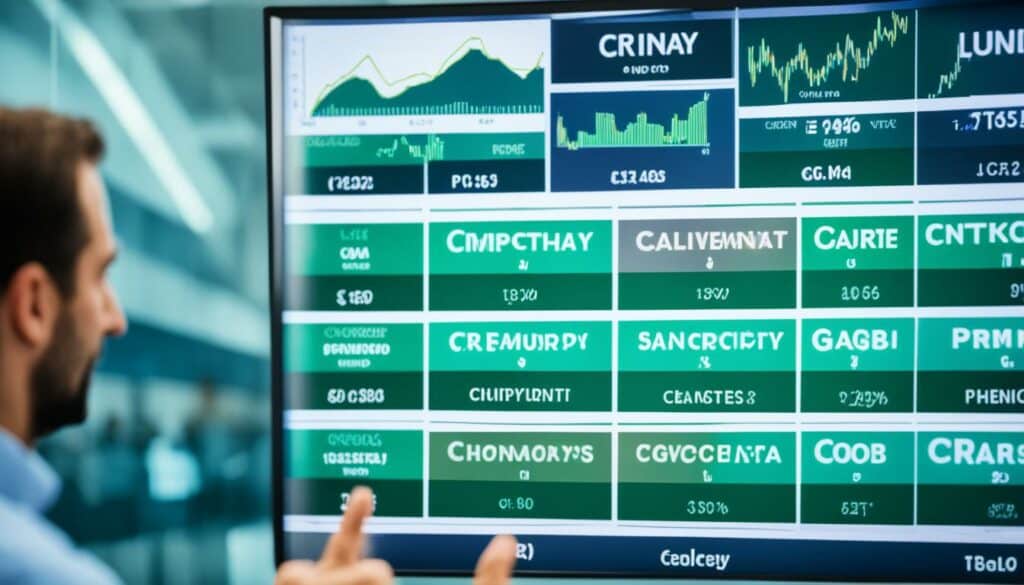
In order to make good commodity investment decisions, investors look at various price trend strategies. They use data from the past to see patterns and predict the future. For instance, gold varied from $2,057/ounce in May 2023, to $1,831/ounce in October, and up to almost $2,200/ounce by March 2024. Understanding these trends helps investors buy or sell at the right time.
| Year | Commodity Price Change (%) | Notable Events |
|---|---|---|
| 2021 | +12.1% | Post-pandemic surge |
| 2022 | +4.8% | Geopolitical instability |
| 2023 | +0.8% | Stabilisation phase |
| 2024 | +0.3% | Ongoing market adjustments |
Investing in commodities can bring big rewards but it is risky. Look at crude oil’s prices, which jumped from $70 to over $90 per barrel by September 2023. Then they fell back to $70 by mid-November, only to exceed $80 by March 2024. This shows the big ups and downs in the market, and why handling risks carefully is essential.
Inflation also impacts commodity investment decisions. Prices rose by less than 1% yearly since October 2023 and less than 2% since April 2023. Although inflation dropped from 9.1% in June 2022 to 3.2% by February 2024, it shows a steady investment environment. This means it’s a more stable, but still careful, time to invest.
Daily commodity prices are always changing, needing careful watching and analysis. The U.S. saw a big increase in commodity imports and exports in 2021. This growth was much bigger than in non-commodity sectors. It shows how much commodities matter in the economy.
Global commodity prices shot up in 2021. Energy prices went up by 82%, food prices by 23%, and metals by 47%. These changes came because of strong demand and a growing world economy. The strength of the U.S. dollar also plays a big role in these prices. So, it’s important to keep an eye on how the dollar does too.
Things like gold, crops, and oil are good for adding variety to an investment portfolio. They can protect against inflation and react to risks like natural disasters well. Recently, how these goods relate to inflation has changed. So, knowing how they work is key to smart investing.
The prices of energy and food shot up in the middle of 2021. Energy went up by 44.5% and food by 20.5%. This shows why it’s crucial to always watch and analyse the market. This guide gives investors the tools they need to do just that. With the right knowledge on hand, navigating the ups and downs of commodity trading is much easier.
Daily commodity prices show the worth of goods like crops, metals, and energies. They change daily because of how much people want and need them, and the big picture of the economy.
It’s key to know about current commodity prices for smart buying, selling or investing. This knowledge helps deal with market ups and downs better and plan wiser.
The Daily Price Index shows how the prices of many goods change in a day. It gives a broad view of the buying and selling mood. This is good for understanding what’s going on and how to act.
For live commodity prices, use up-to-the-minute online sites, apps, and trading places. These give the latest market news and numbers.
Many things can change the prices of goods, like big world events or problems in getting goods to people. Knowing about these can help guess what might happen next.
Looking at weekly prices can show recurring trends. This helps in guessing where prices might go in the future, and in making choices based on solid data.
The Agricultural Marketing Service (AMS) makes many reports about prices each year. These reports are packed with details about buying, selling, and moving goods.
Big financial events or new laws can shake up the market. For instance, a new trading rule or a fight between nations can change prices by affecting how goods reach us.
Looking at old prices is good for spotting long-term patterns. Tools like charts and statistical methods can help predict what might happen, guiding decisions in the future.
Digital tools, like apps and websites, are great for keeping up with prices. They have filters, easy ways to see data, and clear analysis. This makes making smart choices easier.
Commodities cover many areas including farming, animals, metals, and energy. Each area has its own factors that affect prices, making it vital to know these to trade well.
Watching commodity prices can help choose what to invest in. They can be rewarding but also risky, so it’s important to approach this kind of investing carefully.